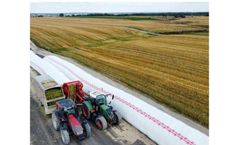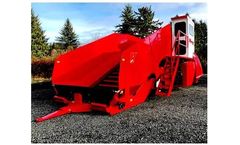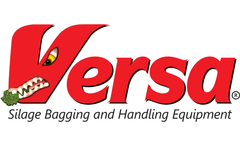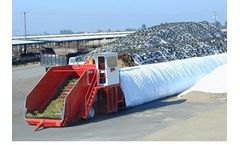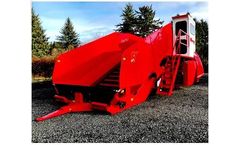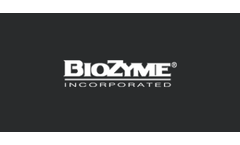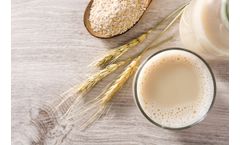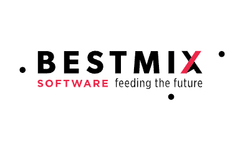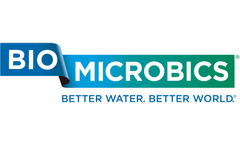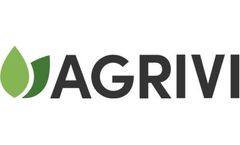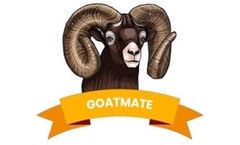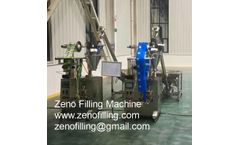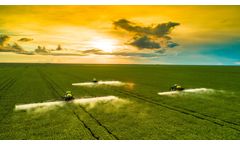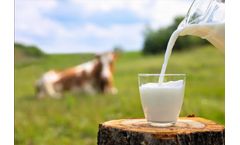Refine by
Milk Yield Articles & Analysis
79 articles found
Utilizing modern bagging can provide superior silage quality and nutritional value compared to common, old-fashioned storage methods Canadian dairy farms face several silage-related challenges that are uniquely shaped by national climate, regulatory, and logistical factors not commonly seen in the United States. In much of Canada, the growing season is significantly shorter than in many ...
Expanding your thinking can save tens of thousands of dollars each year while enhancing nutrition, herd health, and milk production. Feed costs are the largest expense for dairy farms, typically making up 50% or more of the total operating costs. ...
Cattlemen are increasingly turning to bagged silage for flexible feed management. The most fundamental beef cow feeding strategy remains the use of pasture, which is considered the lowest-cost feed resource. Therefore, many cattle operations aim to maximize pasture time annually to benefit from labor, manure management, physical activity, and nutrition advantages. ...
Dairy farm consultants and equipment suppliers weigh in on the benefits of properly packed bags, as well as feed management tips to obtain the highest nutrient density feed to promote herd health and production. Silage is critical to dairy farm operations. Compared to hay production, silage increases the potential yield of nutrients from available land, decreases feed costs, lowers harvest ...
So what’s to know about the differences of silage storage in bags as opposed to piles, bunkers, trenches or dry hay? Plenty! Bagging Silage has been proven to be more cost-effective as well as providing better herd health. Milk production is increased with Dairy Cows and increased weight gain with Beef Cattle. ...
As a cost saving alternative to dry grain supplementation, bagged snaplage/earlage offers high energy content and easy digestibility Dietary supplementation with dry grains has traditionally been utilized as an economical way to meet the high energy demands of the herd, particularly when forage is scarce or of low quality. However, dairy farmers are increasingly turning to high moisture corn ...
Dairy farmers are bagging silage to reduce spoilage by up to 30%, increase nutrient value and milk production, improve herd health, and potentially earn environmental carbon credits. For dairy farmers, “good feed promotes good production” is a guiding principle that has a direct cause-and-effect impact on milk tank volume. As a result, providing the highest quality feed is crucial ...
Protein feeds for animals play a vital role in their growth and reproductive functions. As essential nutrients, proteins are comprised of amino acids, which serve as the building blocks for muscle development, tissue repair, enzyme synthesis and hormonal production. Adequate protein intake ensures optimal growth rates, enhances productivity and supports overall health in livestock, horses and ...
More and more consumers are turning to plant-based milk alternatives instead of cow’s milk. As such, the market has seen constant development in recent years. ...
Why is it important to have a high-quality feed? The quality of ruminant feed is directly linked with milk production, animal health, as well as farm performance. As feed costs represent a significant number of the total production costs, it is crucial to ensure feed nutritional values and quality throughout the whole year. Therefore, the intake of superior quality TMR and silages can help to ...
Milk pH Level: Unraveling the Basics The milk pH level refers to the measurement of the acidity or alkalinity of milk on the pH scale. ...
Moreover, when compared to soybean production, BSF farming can yield significantly higher amounts of protein. To put it into perspective, cultivating 1 ton of protein using soy requires 1 hectare of land, whereas with vertical farming of black soldier flies, the same amount of land can yield 100-150 tons of protein. ...
ByBESTMIX
With the rapid development of the dairy cattle breeding industry and the dairy industry, the output of raw milk and dairy products has increased significantly, the variety of dairy products has been greatly enriched, and the quality has also made a qualitative leap. High and new technologies such as gene technology, enzyme technology, microbial technology, high-pressure technology, and cold ...
Synopsis: Dairy farmers want a disinfection alternative that is readily available, low-maintenance, effective, and safe for cows. Application: The Scienco®/FAST SciCHLOR® onsite sodium hypochlorite generator can create sodium hypochlorite solutions of various concentrations suitable and safe for dairy farming, and can function automatically. ...
RFID tags are even connected with wireless grain feeding systems, so when a specific cow is being milked, it receives the exact mix of grain and minerals to optimize its milk production. ...
ByAGRIVI
Enzymes are proteins with catalytic functions produced by living cells, and they participate in various biochemical reactions in the body. Compared with traditional chemical methods such as acid processing of food, enzyme technology has displayed its unique charm. It overcomes harmful by-products generated in chemical methods, and provides healthier, environmentally friendly, safe and effective ...
Goat Farming – Impacting LivelihoodsGoat farmers could earn 250-300% higher incomes from goat rearing only by adopting scientific norms of goat management and potentially higher by improving herd size and engaging in goat rearing as an enterprise by rural households.Continued innovation is needed for better technology acceptance by all stakeholders. ...
“Global” is out, and “local” is in—at least when it comes to foods. After the run on ecological and sustainable foods and beverages, consumers are now focussing more on products that are grown and produced nearby. The counter movement to increasing globalisation extends from Europe to overseas. However, the “regional” term has so far not been defined ...
Agriculture in the UK is responsible for 9% of total greenhouse gas emissions, with that number rising to 30% of worldwide total emissions.1 There are a variety of sources for such gases in agriculture, including methane production from livestock, carbon dioxide release on soil disturbance, and emissions from farm machinery.2-4The question is how to reduce such emissions. Under the 2008 Climate ...
Some alternative ways that dairy farmers can decrease their carbon dioxide and methane emissions in the milk production process include increasing milk yield, increasing animal welfare, improving fertility and increasing manure management (e.g. covering stored manure, adding acid to slurry and biogas production).4 Furthermore, they can attempt to ...


